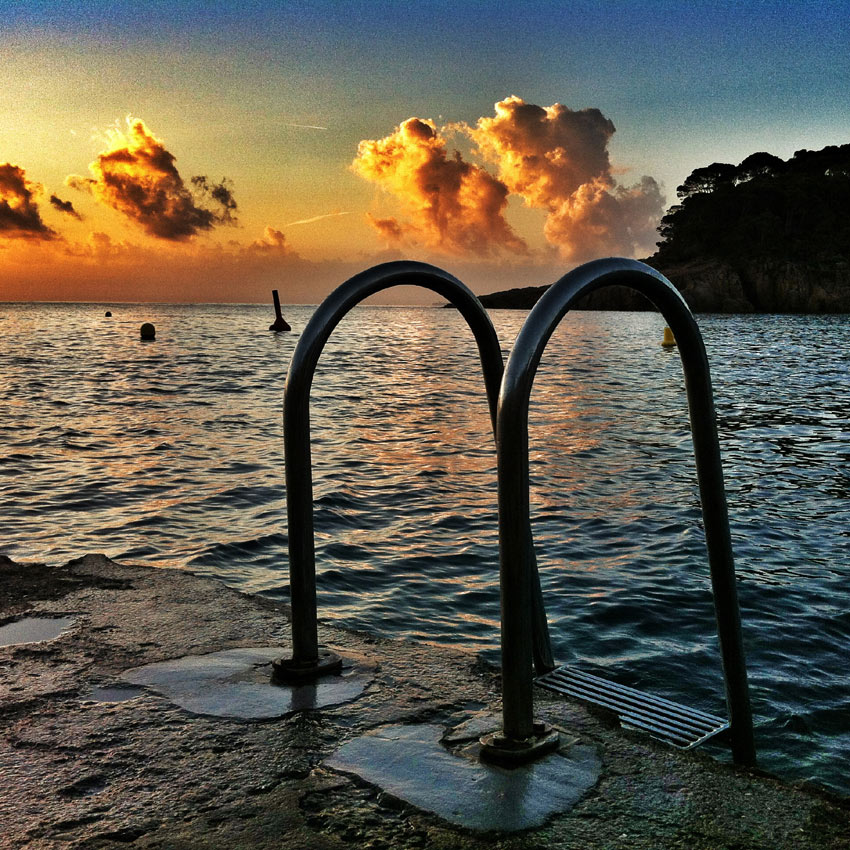
Of all the reasons behind my move to Barcelona, being close to the coast was perhaps the most pressing. Having the sea on your doorstep is something I’d grown used to, having spent most of my life on one Scottish shore or the other. Like conches, many of the poems I write invoke the sea, and I suspect it will always be a legacy.
But somehow, having lived in Barcelona for the best part of two years, I have yet to really make friends with the Mediterranean. To be honest, at times the slick, spruced-up seafront – overhauled in the run-up to the ’92 Olympics – leaves me a little cold.
Plus, if you don’t happen to live close to the beach in Barcelona (and I don’t), it’s entirely possible to spend months without going anywhere near it. Which is a huge pity, really, when you think about it.

So when I was offered the opportunity to take part in a press trip around the Costa Brava, with a particular focus on the importance of the coastline to the Catalan sense of identity, I jumped at it.
From Barcelona to Girona and east to L’Estartit
Straddling the flood plain of the Ter estuary, L’Estartit is a small, seafaring town. A privileged wee place, its long beach and beautiful bay scintillate in the Catalan sunshine. The ace up its sleeve, though, is the enigmatic archipelago that sits about a kilometre off shore – the uninhabited Medes Islands.
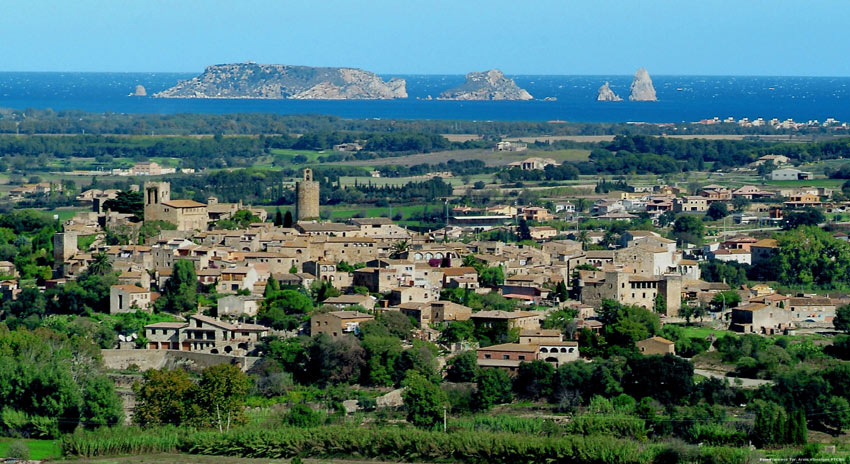
Once patrolled by pirates, these seven little islets are something special.
Twenty years of protection have made the Medes Islands one of the most important marine flora and fauna reserves in western Europe. A mecca for divers from all around the world, the area boasts the largest red coral reef in the Mediterranean. I am not a diver, but listening to tales of tame rays, barracudas, groupers and scorpion fish (but no sharks – always a bonus) made me want to load up on Nitrox and delve the depths of the seabed.
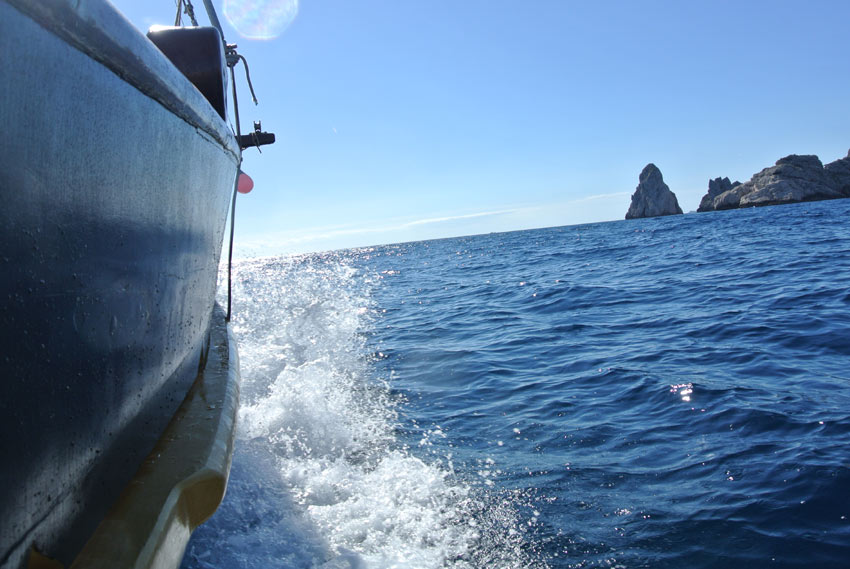
As the schooner skulked around the periphery of the seven moody monoliths, I was reminded of Ailsa Craig, that hulking heft of rock that rises up out of the Ayrshire seabed. It, too, was plagued by pirates. Seeing the islands up close felt a bit like reading the region’s palm. Not for the first time, I reflected on the connections between Catalonia and Scotland…Caledonia.
If scuba and snorkelling are not your thing, there are other ways to explore these compelling crags. Companies in L’Estartit offer boat trips in glass-bottomed boats around the islands and right along the Montgrí coast.

The port of Palamós
My head still conniving with cunning plans to jump ship from Barcelona and move lock, stock and barrel to L’Estartit, it was time to head south, to the less pretty, more gritty, port of Palamós.
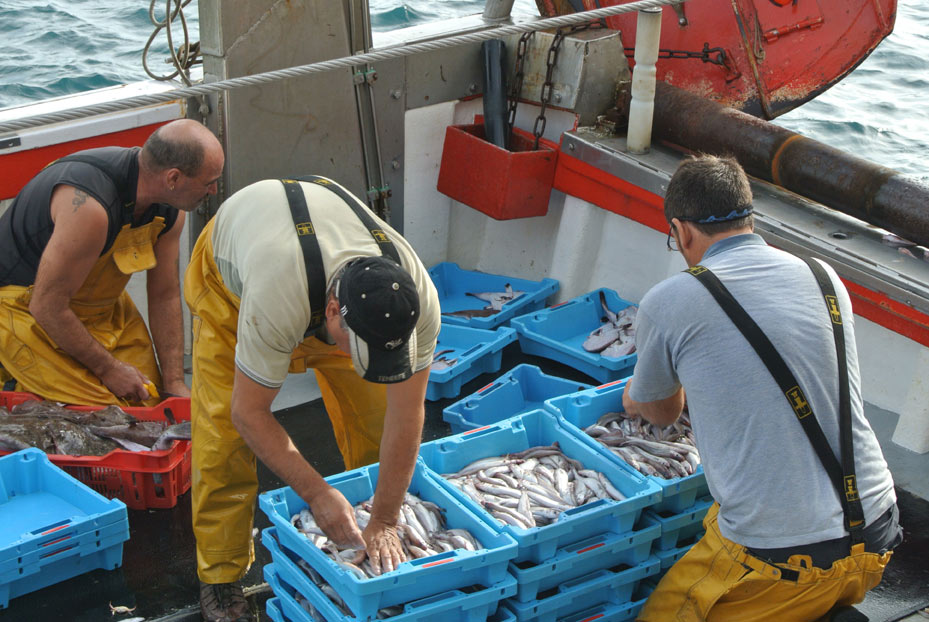
The Catalan coastline is 580km long and fish is a hugely important part of the local diet. Surprisingly, though, fewer than 100 of the 532 species found in the western Mediterranean are of interest to fishermen, and only 12 constitute the basis of the fishing sector (anchovies, sardines, blue fin tuna, tuna, hake, blue whiting, angler fish, sea bream, red mullet, octopus, Norway lobster and, of course, prawns).
In Palamós, the seafaring traditions of Catalonia turn into a spectacle in front of your eyes. Palamós smelled of my childhood. Watching the guys at the docks sort and unload the day’s catch, the stench of salt and nostalgia was in my nostrils.
Monday through Friday, by mid afternoon the fishermen start to arrive back at the port, and the unloading of the day’s catch begins. Shanties and shindigs don’t come into it – this is big business. Years ago anyone and their dog could fish from the coast, whereas today you have to be a professional fisherman with a bona fide licence.
For fish to carry the prestigious ‘Palamós’ label, strict criteria must be met. Staff check to make sure the fish aren’t from polluted waters before the produce can take its place on the conveyor belt, bound for the daily auction.

The auction itself, conducted in a building closed off to the general public, is a sight to behold.
The first auction kicks off at 7am (for ‘blue’ or oily fish, like sardines, mackerel and anchovies), while the second takes place late afternoon. The small auction room has a terse, no-nonsense atmosphere, with buyers (mostly restaurant and market stall owners) sitting glued to their handsets. Old sea dogs and their wifeys pack the pews.
Up until fairly recently, the prices were sung out, but modern technology means that things have moved on. Buyers are part of a sophisticated network, with their own Facebook groups and everything. Simultaneously, auctions are going on in Girona, L’Escala, Roses and Sant Feliu, and it’s all about getting the best price. Just to complicate matters (or facilitate them, depending on your point of view), prices are shown in pesetas as well as euros.
Although it’s an auction, there are no actual bids for the boxes of fish. The person who pushes the button first gets the lot. The price varies from day to day, with Friday being the most expensive. To give you an idea, a kilo of Palamós prawns will sell for 90€ in the market in the summer, but the fishermen only take home 27€ of this. Most of the time, all of the fish is sold by the end of the day – only flotsam and jetsam remain.
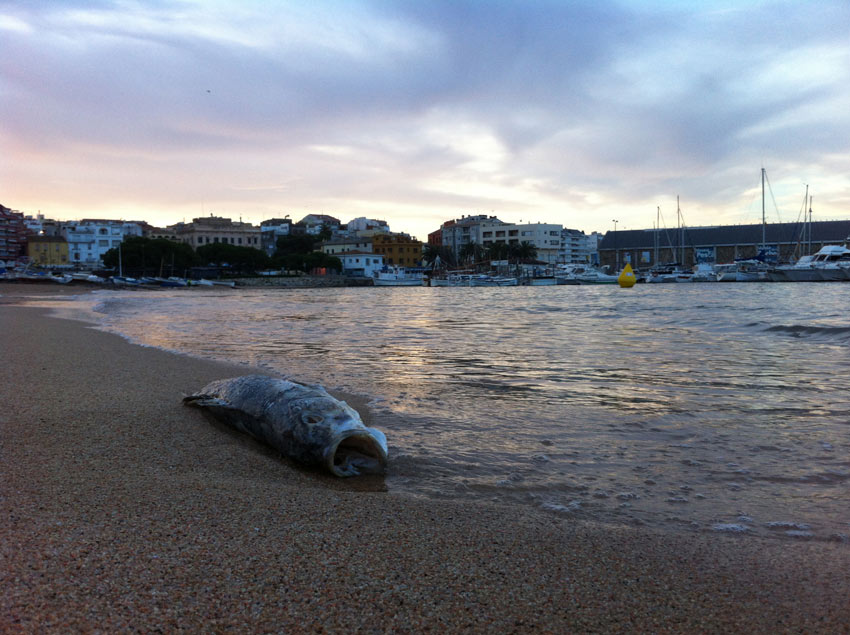
The Fishing Museum (Museu de la Pesca) in Palamós
Aside from the excitement of seeing the whole process up close – the smell, the a(u)ction, and yes, if I’m honest, the burly fisherman in yellow overalls – I think the highlight for me of the whole tour was the Fishing Museum in Palamós. This is a seriously well thought-out space, rivalling the best of the museums you will find in Barcelona.
Visitors are greeted by a suitably stirring 10-minute-long audiovisual presentation before being ushered through to the permanent exhibition itself.
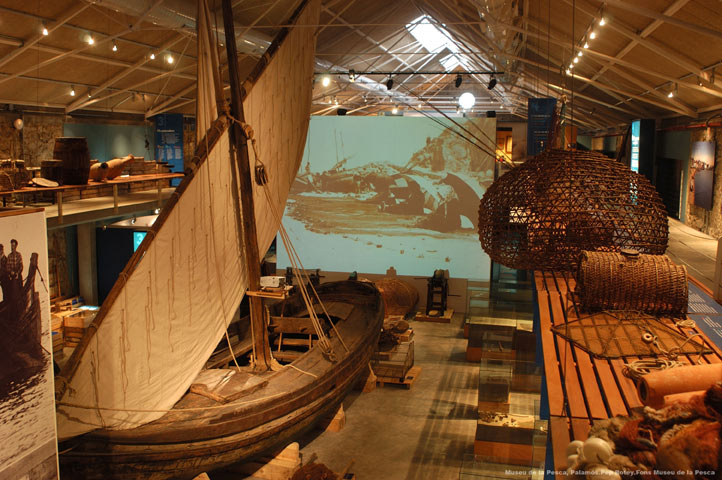
In laying bare the relationship between humans and the sea, the Museum takes a modern, hands-on approach. I was struck most of all by the stories behind some of the characters whose voices echoed down throughout the centuries.
“I think if I was to be born anew, I’d choose again to be a fisherman. You do the the same thing every day but it’s never the same.” – Josep Mateu, Fisherman (1923)
“When I started, there were 50 women…We mended the nets on the beach. Ouch, the sand was burning! We sat on the ground all day.” – Joaquima Brull Vila, Net mender (1912)
If you’re planning a trip to Palamós and intend to take in the Museum, my advice would be to allow yourself plenty of time. In addition to the permanent exhibition, it offers guided tours, workshops, excursions and itineraries, and you’ll want time to enjoy it all.
I especially enjoyed the cooking workshop at the end of the tour. “A country’s cuisine is its landscape in a cooking pot,” said the Catalan writer Joseph Pla (1897-1981), and this seemed particularly apt as we chomped on fresh-caught tuna fillets. If there’s a recurrent theme throughout the various exhibits, it’s that of sustainability – and I certainly left with a new-found interest in the fish I consume and the way that it’s caught.
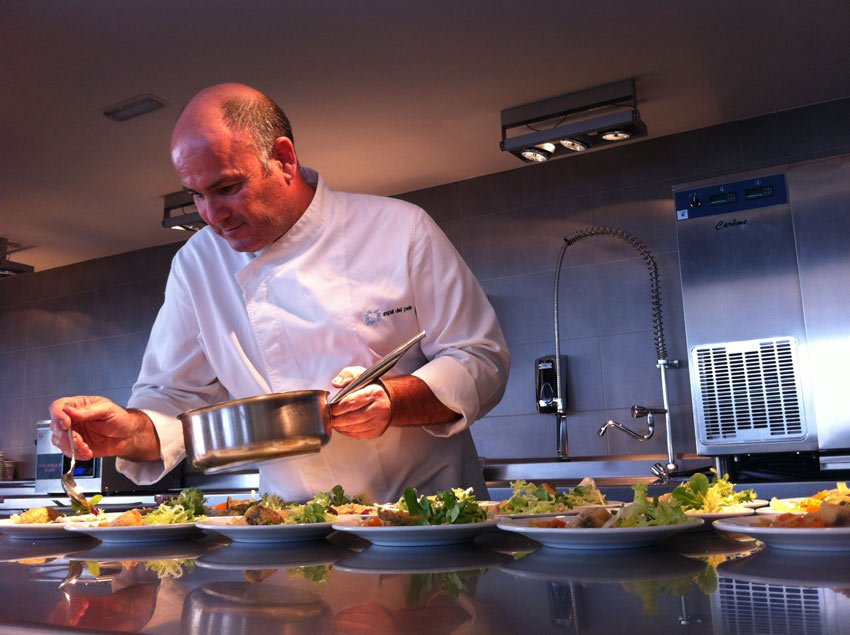
All in all, this taster tour of the Costa Brava left me desperately devising ways to spend more time there. If I can pluck up the guts to hire – and drive – a car in 2013 (the wrong side of the car, the wrong side of the road, the wrong side, no doubt, of the law) I will be hotfooting it north from Barcelona the first chance I get. See you there.

GuiriGirlinBarca is written by native Scot Julie Sheridan, who left Edinburgh’s haar-stricken hills for the slightly sunnier shores of Barcelona in April 2011. Armed with a big red emigrating suitcase (called La Roja) she arrived in the Catalan capital without knowing a soul, or indeed any Catalan. Her blog is an honest account of the ups and downs of life abroad as a single woman, including now not to get stalked by men and how to avoid unfortunate incidents with hamsters on bank holidays.







